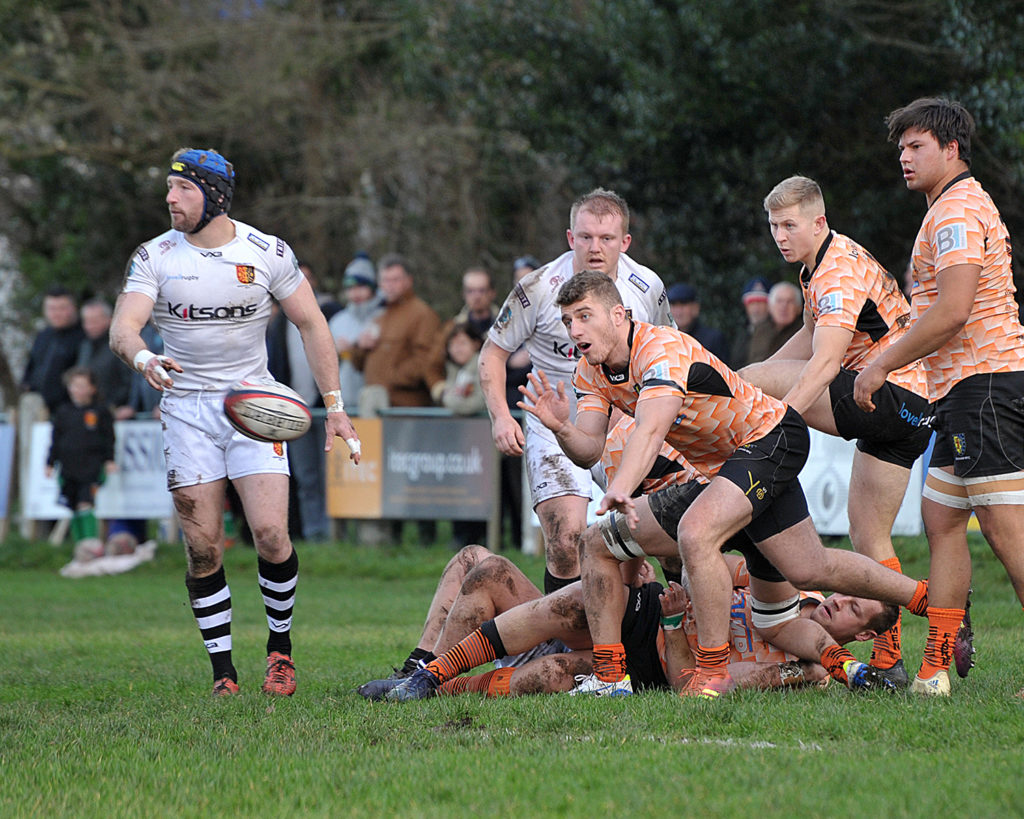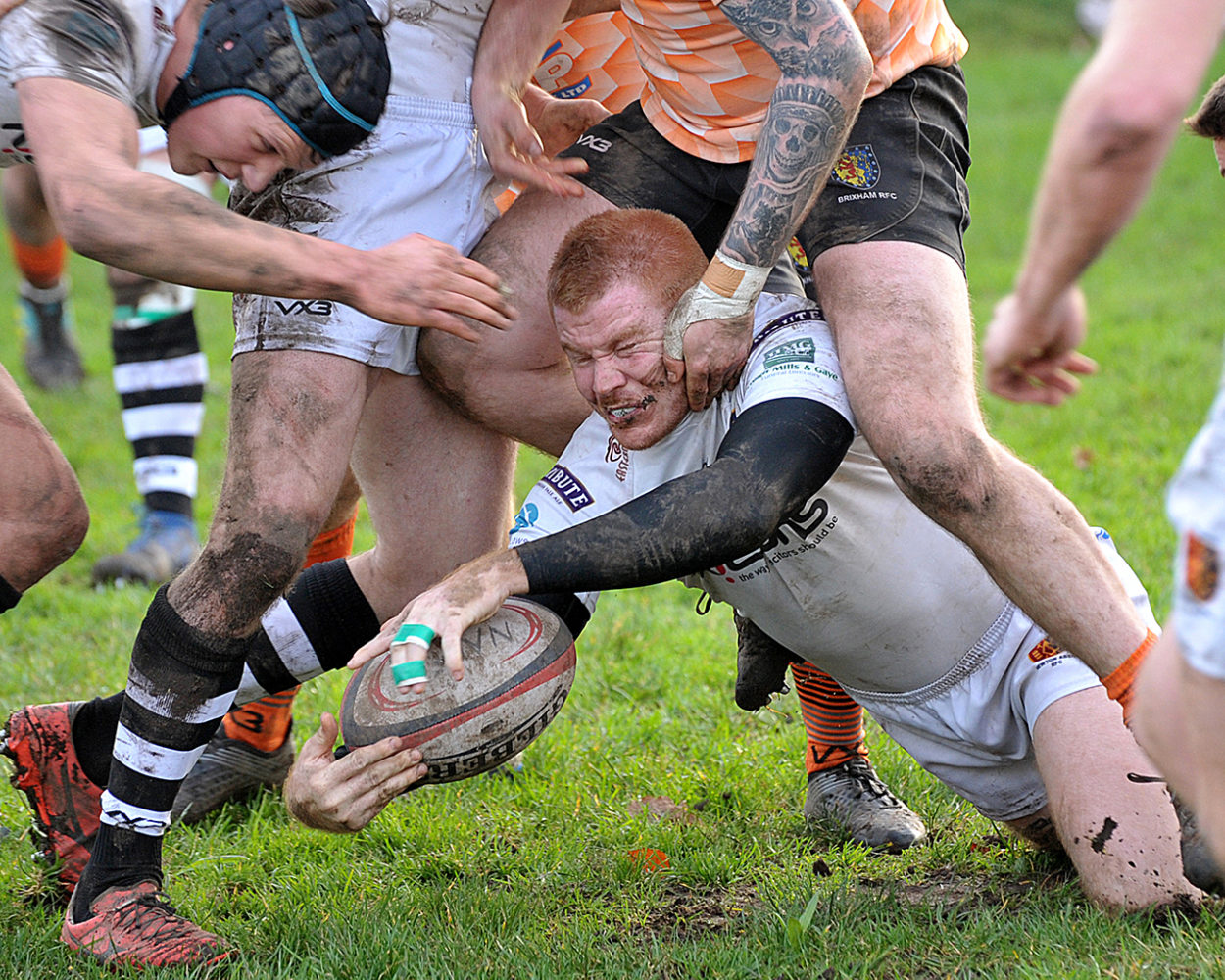How to photograph sports: Part 1. All photographs © Al Macphee/MiraclePR
Whether you are an amateur sports photographer looking to turn pro, a photography student looking for tips to improve or someone fresh out of school looking into future career ideas, my series of How To articles will provide you with valuable tips and strategies for getting great results.
Part 1 of my two-part series on how to photograph sports reveals the first three of my six top tips.
How to photograph sports – three tips
Tip 1: Know your sport!
This is the biggest thing that will stand you in stead for sports photography.
If it’s football, know when they’re going to kick the ball. Have a good idea of where they’re going to kick it to. If that ‘keeper is going to kick that ball for miles, try and predict where it’s going. Look up the field before they launch it.
With rugby, you know that in that scrum, the player’s going to come out with the ball and you can tell, from where that scrum is, what way he’s going to pass that ball. He’s not going to pass it into a tight area. He’s going to pass it into the open area so that his teammates can pass it on and pass it on until maybe the third or fourth player down that line will go over the line with it.
If you know your sport, you will have a better chance of being able to predict where that ball’s going to go. You won’t get it right all the time but most of the time you will.

You can tell, from where that scrum is, what way he’s going to pass that ball. He’s not going to pass it into a tight area. He’s going to pass it into the open area
Tip 2: Let players come to you
Pick your background, decide what shots you’re going to do and wait for the players to come into your patch. Don’t chase them. There’s no point. Wait for them to come to you. I learned a long time ago that chasing players up and down the field doesn’t work. You end up getting breathless and the pictures require extra processing time. If you’ve got a thousand shots to work through and need to crop them all in, it takes time. Get it right in camera.
If you sit in an area and wait for the players to come to you and fill the frame, you can then go ‘bang, bang, bang, bang’ and you’ve got your shot. You can then record that image number to locate the series you want to preview when it comes time to process.
Of course, there are times when you will need to follow the action. For example, if your brief is to get a picture of every single player you might have to crop in on some of them. Also, if I’m at the far end of the field, I will always watch the goals. Any attempts on goal, I’ll take and be prepared to crop in later.
I’ve also had to follow players up and down the pitch because I’ve had two rugby games, one football game and a cricket match to cover in a two hour period. In these situations, you’ve got to get the shot and get gone because you might only have ten minutes there (see How To Photograph Sports: Part 2 for more tips on running to a tight schedule). If the action is all at the other end of the field you will have to go with it but ideally you want full-frame shots because you get a better quality, more dramatic shot because the perspective is different, etc.
Tip 3: Check details in advance
All coverage should be arranged with the club in advance. It’s common courtesy and makes good business sense. If you’re just starting out in the photography business, don’t just turn up at a game because you will miss the opportunity to make contacts. Even if you’re just going there for practice, ask the club first. Tell them, ‘If I get anything decent, I’ll send you some good pictures.’ They might just happen to want some nice action pictures for their website. From that website, you may just get some work. Speculate to accumulate!
So, make contact first. Don’t just rock up. You can’t just turn up to certain games anyway. For example, when kids are playing, you should always be challenged.
Double check fixture times too! I was once sent to Paignton Rugby Club for a two o’clock kick-off. I’ve just broken my back getting through the traffic from Brixham to get there and you can’t get parking outside the rugby club on match day so I ended up parking somewhere else and walking for miles, sweating cobs. I get there just in time and I’m told, ‘We don’t kick off for half an hour.’ It wasn’t two o’ clock (as I’d been told by the sports reporter who requested the pic), it was two-thirty so I’m there kicking my heels. So always check and double-check fixture times!
Read How To Photograph Sports: Part 2 for tips on shutter speed, positioning and working under time pressure. Please bookmark this blog or, even better, sign up to my mailing list to stay connected.
Have a burning photography question you would like Al to write about in his next blog post? Email info@miraclepr.com with your request.

